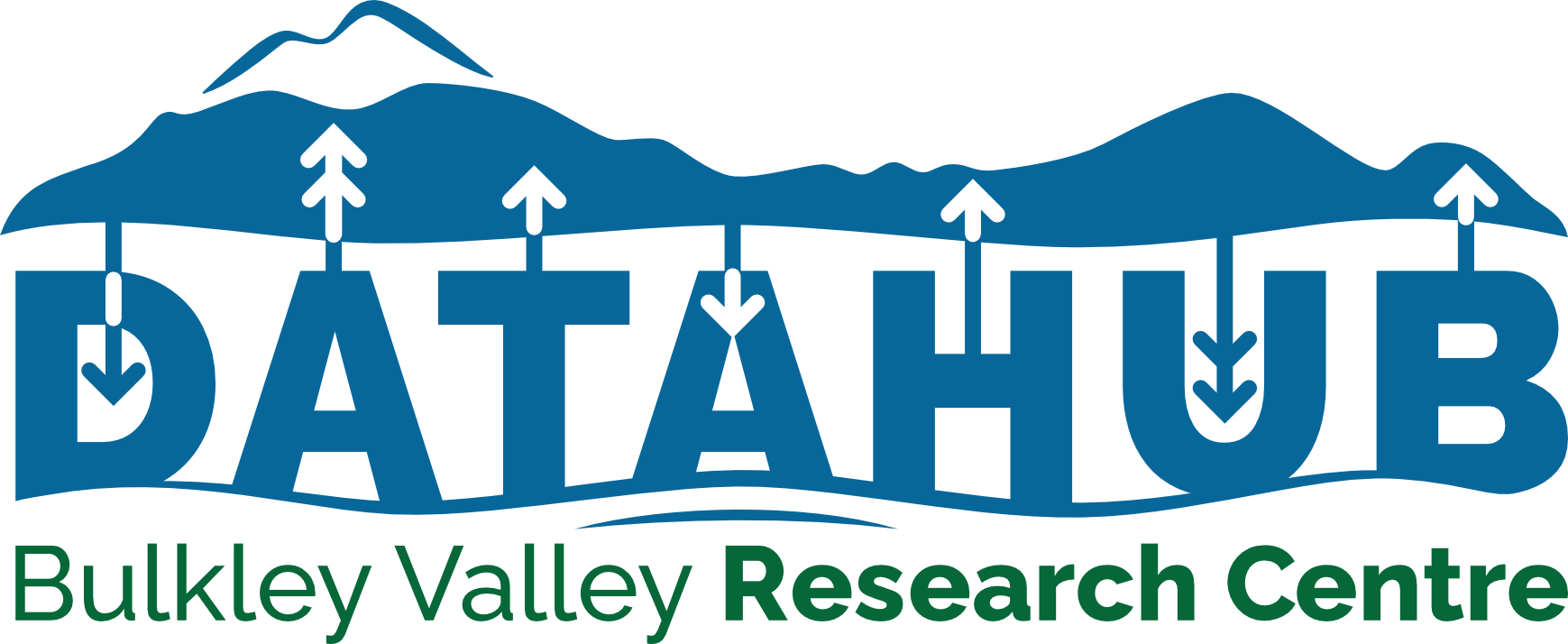INTRODUCTION
Recreation opportunity spectrum mapping is a method of mapping the landscape based on the type of recreational experiences that might be obtained by visitors to an area. The mapping is based on three factors remoteness, naturalness and expected social experience. These factors are each defined by two criteria as follows: remoteness by distance from a road and size of area; naturalness by presence of motorized use and evidence of humans; and social experience by solitude/self-reliance and social encounters (Ministry of Forests 1998, Clark and Stankey 1979).
Recreational activities and facilities will be focussed on landscape or biological features that are attractive to users, including rivers and creeks (especially areas with high fish numbers), lakes (especially those with high fish numbers or an attractive setting), alpine areas and areas with good wildlife densities for hunting. For these reasons, particular attention was paid to these areas in this report.
The Babine Watershed is located 65 km north of Smithers and 30 km north of Hazelton BC, with the Babine River being a tributary to the Skeena River. The Babine River has been subject of much interest from regarding land management due to its high value resources, including high value steelhead angling, large sockeye salmon run, excellent river rafting and timber resources. This project was commissioned by the Babine Watershed Monitoring Trust, as part of its mandate to monitor the effectiveness of land management plans for the Babine Watershed. These management plans are focussed on either the Bulkley Timber Supply Area in the east or the Kispiox Timber Supply Area in the west, each of which cover a portion of the Babine Watershed (Figure 7).

